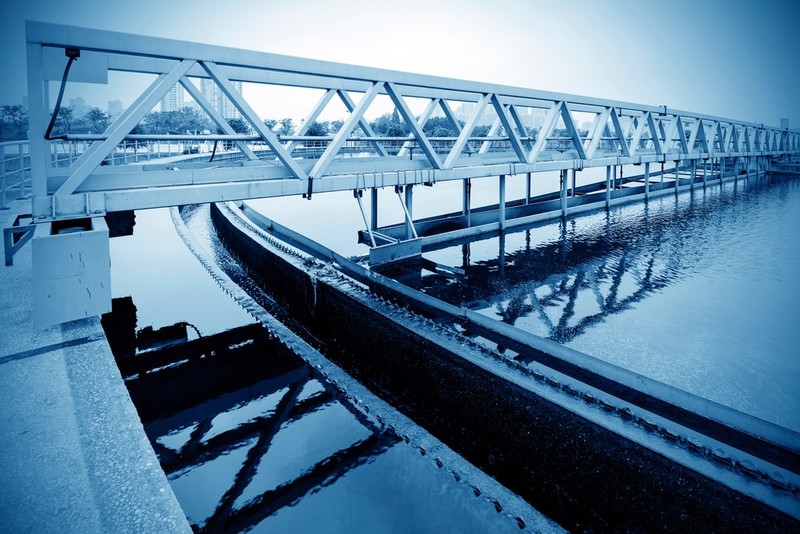Inventors at Georgia Tech have developed aluminum doped magnetic nanoparticles (MNP) that are designed to adsorb soluble phosphorus in water. The invention ultimately provides materials and a novel method for capturing soluble phosphorous with the MNP and then capturing the MNP-phosphorus complex with a magnet. The absorption process is very specific and clean even in the presence of other inorganic compound and organic matter. This invention not only enables the removal soluble phosphorus from wastewater without needing to apply a secondary physical, chemical or biological method, it also enable phosphorus to be recycled for other purposes. The phosphorus removal efficiency of this invention alone provides a process that out classes other methods in practice in terms of economic efficiency, but the ability of the process to enable recycling of phosphorus also creates economic value as there is a projected increase in demand for phosphorus accompanied by an anticipated decrease in supply. No other phosphorous wastewater removal method provides the superior performance and the dual economic benefit of this invention.
- Fast - The adsorption process only takes 30 minutes, and the treatment process only requires one step (i.e. no filtration).
- Economical - The method of preparing the magnetized nanoparticles is simple and cost-effective. Furthermore, a given batch of nanoparticles can be reused more than 20 times, with a 90% recovery rate.
- Green - This does not introduce harmful chemicals, and enables the recovery and recycling of phosphorous.
- Municipal Wastewater Treatment - for purifying water
- Industrial Wastewater Treatment - fertilizer manufacturing, for example
Eutrophication is a condition that can occur in aquatic environments and make the affected area uninhabitable. Phosphorus removal from municipal and industrial wastewater treatment plants is important and necessary for preventing eutrophication in surface waters. Phosphorus removal from wastewater is usually achieved by physical, chemical or biological methods, or some combination of the three. However, all of these methods have undesirable drawbacks related to either cost or performance, which creates an opportunity to advance the art.

